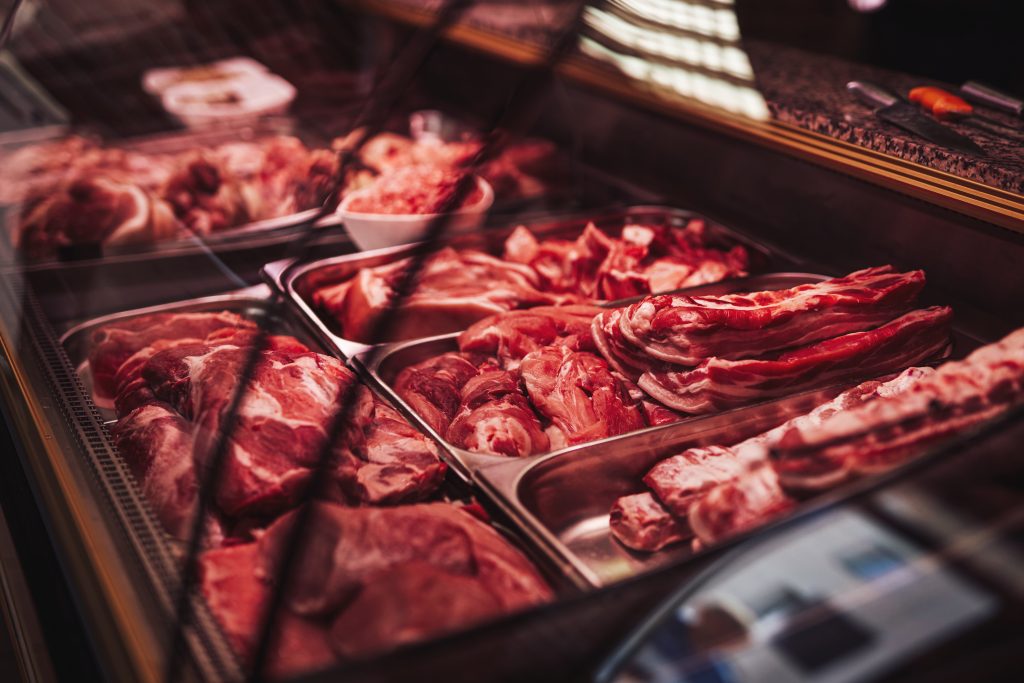
Senior Farm and Ranch Broadcaster, Ron Hays, is featuring comments from Farm Director, KC Sheperd’s interview with Oklahoma State University’s Morgan Pfeiffer about the National Beef Quality Audit.
The National Beef Quality Audit (NBQA) is a comprehensive survey that evaluates beef industry efforts to improve beef quality. Conducted every five years since 1991, the checkoff-funded Audit assesses progress the industry makes on a variety of production issues that ultimately affect consumer demand for beef. Pfeiffer is one of the researchers who aided in the 2022 National Beef Quality Audit.
“It actually started with a research paper that was released in 1990 that was talking about all of these lost opportunities in the beef industry and the millions and millions of dollars that we were not capturing that we could,” Pfeiffer said. “From there, they decided, ‘We really need to know where we are at.’”
During this time in the 90s, Pfeiffer said individuals came together to assess what changes could be made in the industry to improve on the value that was not being captured.
“From there, they set those five benchmarks,” Pfeiffer said. “The number one benchmark from the federal side was that we had to improve quality. Now, if we look at the data, that is our biggest positive in the industry, is our quality.”
With the release of the latest audit report, Pfeiffer said there are some takeaways that cattle producers should be aware of.
“For producers, there are some opportunities to make sure we are doing things, marketing at the right time, is a big one, especially on the cow and bull side,” Pfeiffer said. “So, making sure our cows and bulls that we are marketing are in the right condition to actually be sent to market.”
Pfeiffer also talked about educational opportunities.
“Consumers are changing, we know that, and we have got to educate them on this high-quality product that is extremely nutritious that we can provide them,” Pfeiffer said.
One “lost opportunity” seen in the 2022 data, Pfeiffer said, is bruising found in the meat.
“We are losing a lot of product when talk about bruising, and unfortunately, bruising has just continued to go up,” Pfeiffer said. “We think a lot of that is attributed to cattle size. We can’t make the trucks any bigger. They have to be able to get down the road, and when we unload those cattle, there are a lot of challenges as they continue to get bigger and bigger.”
Pfeiffer said Cattle weights have gone up an average of 27 pounds since the last audit.
Pfeiffer said this report underscores things to still work on, but at the end of the day, cattle producers are providing more and more product that gives a great eating experience to consumers each time.
“I think one of the biggest positives, by far, is the quality of our product,” Pfeiffer said.
We are at an all-time high for prime and choice on the fed cattle side, Pfeiffer said, and retailers say they can sell more if given the opportunity.
“The biggest negative is we have got to continue to focus on sending those cattle at the right time, so we have the right amount of muscle, we have the right amount of fat on those cows and bulls, and we have got to be aware of things that happen with foreign objects and things with bruising,” Pfeiffer said.
The Beef Buzz is a regular feature heard on radio stations around the region on the Radio Oklahoma Ag Network and is a regular audio feature found on this website as well. Click on the LISTEN BAR for today’s show and check out our archives for older Beef Buzz shows covering the gamut of the beef cattle industry today.














